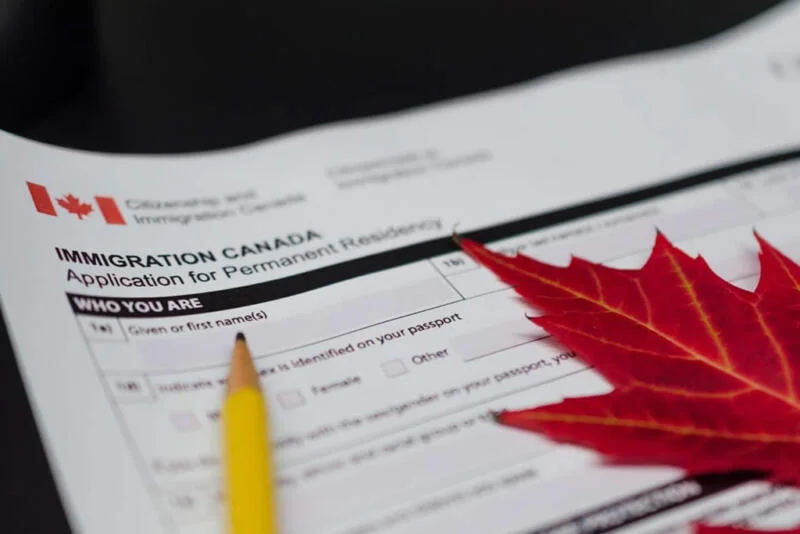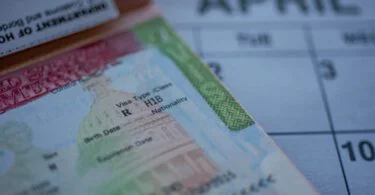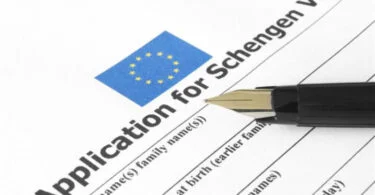In Canada, temporary residents may travel outside the nation; however, they must meet specific re-entry conditions, such as having a valid visa or permit, as outlined by Immigration, Refugees, and Citizenship Canada (IRCC) to return.
Temporary residents, as defined in this guide, include visitors to Canada, international students, and temporary foreign employees. Each global citizen in these categories gets a visitor or temporary resident visa (TRV) to move to Canada.
For visitors to Canada, who are considered temporary residents without a work or study permit, it’s important to understand the specific entry conditions if they travel outside of Canada or the United States. These conditions vary depending on whether the individual is a visa-needed traveler, a visa-exempt traveler, or a United States national. By understanding these conditions, you can feel more informed and prepared for your travel.
Table of Contents
Visa-needed Travellers
A visa-needed traveler is a person from a visa-needed nation. These travelers need an authentic visitor visa each time they desire to go to Canada unless they return directly from a visit to either the United States or St. Pierre and Miquelon.
Visa-excluded Travellers
Visa-exempt travelers are people from a nation that needs an electronic Travel Authorization (eTA). To obtain an eTA, these travelers need to apply online and provide their passport details, travel plans, and pay a fee. They require an eTA if they are using a flight to Canada but not if they are going into Canada by land or sea, either train or bus. Travelers entering Canada by land or sea need an authentic passport or travel document.
Note: Electronic Travel Authorizations are authentic for about five years from the time they were allocated or until the passport connected to the eTA ceases. Visa-exempt travelers are required to make sure they travel to Canada using the passport connected to their eTA.
United States Nationals
United States nationals often need only an authentic passport or travel document to enter Canada, regardless of their mode of transportation. However, members of the Free and Secure Trade (FAST) program can use their membership card to enter Canada when traveling alone by land or sea, which is a privilege specific to FAST members.
Mobility As A Foreign Student Or Temporary Foreign Employee
Study permit and work permit holders can go on trips outside of Canada. Hence, it is crucial to understand that the study or work permit is not administered as a travel document.
On the contrary, you need a permit to go on a trip or enter Canada. This implies that, besides your permit, you may need a visitor visa or eTA to exit and return to Canada, depending on where you come from.
If you enjoy this article, don't miss out on the valuable insights and information available in our other related posts:
- Guide to U.S. Student F-1 Visa: Process, Requirements, and Documentation
- UAE Updated 90-Day Multi-Entry Visa: No Sponsor Required For 2025
- Japan To Launch New Travel Authorization: Who Needs It?
- US 2026 Diversity Visa Lottery Registration Opens October 2
- Hidden Gems: 10 Destinations Worth Exploring In Europe
Immigration, Refugees, and Citizenship Canada states that some international students, depending on their country of origin, may only require an authentic passport to return to Canada. However, it’s important to note that this requirement is not universal and can vary.
It’s important to note that holders of an eTA or visa, along with a study or work permit, do not guarantee re-entry to Canada. The permit holder is still responsible for ensuring they meet all relevant re-entry conditions before they are allowed back into the country. By understanding and fulfilling these conditions, you can feel responsible and aware of your immigration obligations.
Difference Between A Visitor Record And A Visitor Visa
Visitor visas, also known as temporary resident visas, allow international citizens to temporarily relocate to Canada for study or work. It’s important to note that this is a different document from a visitor record, which is issued by the Canada Border Service Agency (CBSA) or IRCC to extend or limit the recipient’s visit to Canada.
A visitor visa permits nationals of visa-needed nations to go on trips to and go into Canada as a visitor for six months. This visa is set inside the recipient’s passport, ascertaining that they satisfy the conditions to go into Canada. Visitor visas comprise the date you are required to land in Canada; however, it is crucial to understand that this date is not proof of when the visa holder is required to exit the nation.
A visitor record is provided by the Canada Border Service Agency (CBSA) or IRCC to prolong or limit the recipient’s visit to Canada. On the other hand, a visitor record is utilized to confirm an international citizen’s visitor status in Canada while summarizing how long the person is endorsed to remain in the nation.
Contrary to a visitor visa, visitor records are autonomous documents not kept in the recipient’s passport. Understandably, these documents comprise the expiration date for the recipient’s stay in Canada, the date the person is required to exit the nation.
International citizens may also receive visitor records when the IRCC authorizes the request to prolong their visit to Canada or bring back their status. International citizens are required to make an application for a visitor to record the time:
- They first land at the port of entry if they already understand that they desire to remain longer than six months.
- They are in Canada already and want to stay there longer.
Note: International citizens in Canada are already required to make an application for a visitor record at least 30 days before the end of their approved visit to Canada.





